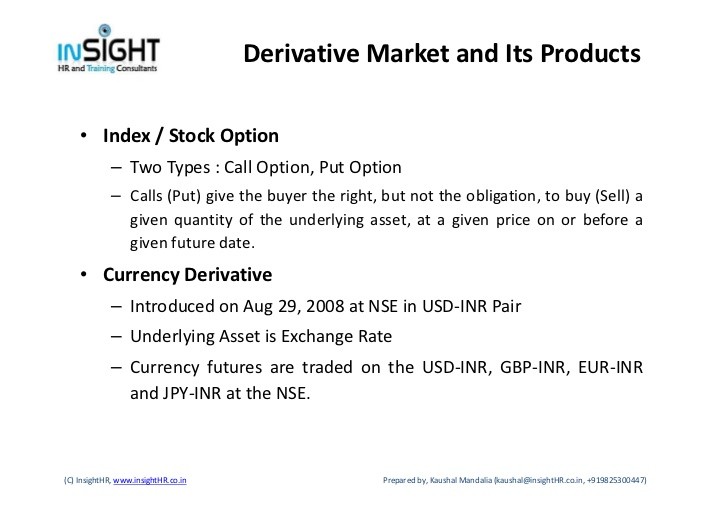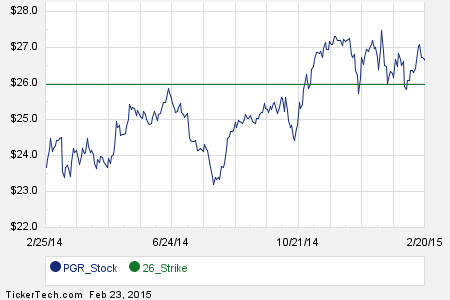Stock Purchase Bid
Post on: 1 Сентябрь, 2015 No Comment

by ABC
This is a more advanced post concerning buying and selling stocks and etfs. If you arent familiar with the subject then you might want to start with market orders and limit orders .
If you ever have need to buy/sell individual stocks or exchange traded funds then you should be familiar with the different types of orders. The bid, ask and spread are more terms you should be familiar with.
In the stock market. buyers and sellers set their own prices. Understanding the bid ask prices, spread and sizes will help you improve your execution skills.
The bid represents the price that a buyer is willing to pay for the stock. The ask is the price that sellers are willing to sell the stock at. There is always a gap between the two, the ask always being higher. This gap is called the bid ask spread.
For example if Joe wants to sell 100 shares of C (CityGroup) at $4.60 then he will ask for a price of $4.60. If Susan happens to be in the market for 100 shares of the same company and she is willing to pay $4.55 per share then she will bid $4.55. The difference between these two prices is called the spread. This is not unlike a yard sale where someone might ask $2 for an item and someone else might bid 25 cents. In a stock market there are lots of buyers and sellers so its quite likely that Susan and Joe will complete their deals with other participants.
However if you place a market order where there is no price specified then the buyer will end up paying the higher ask price. When selling, you receive the lower bid price. For a stock that trades regularly this is not really an issue since the spread is likely to be quite low.
Bid Ask Spread market orders

For market orders the bid ask spread amount goes to the middleman and is kept by the specialist who is handling the transaction. The specialist gets paid to facilitate the coordinating and matching of the orders and to keep the market liquid.
The bid ask spread is a function of market demand and supply. In cases where a stock is relatively illiquid, you tend to see a wide spread.
If you trade online, you can see the bid ask prices. Be aware that because prices are dynamic and are constantly changing especially for active stocks, you may not get the price you see on the screen.
You can gain greater control over the price by inserting a limit order which specifies the price you are willing to either buy at or sell a security for. Limit orders come with a time specification and carry a higher transaction cost than a market order.














